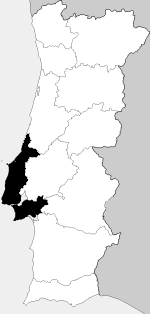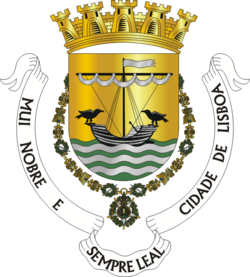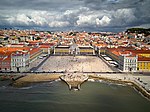Pillory of Lisbon
Buildings and structures in LisbonIndividual instruments of tortureNational monuments in Lisbon DistrictPillories in Portugal

The Pillory of Lisbon (Portuguese: Pelourinho de Lisboa) is a pillory situated in the municipal square of the Portuguese capital (in the civil parish of Santa Maria Maior in the municipality of Lisbon), classified as a National Monument (Monumento Nacional).
Excerpt from the Wikipedia article Pillory of Lisbon (License: CC BY-SA 3.0, Authors, Images).Pillory of Lisbon
Praça do Município, Lisbon Santa Maria Maior (Santa Maria Maior)
Geographical coordinates (GPS) Address External links Nearby Places Show on map
Geographical coordinates (GPS)
| Latitude | Longitude |
|---|---|
| N 38.708055555556 ° | E -9.1391666666667 ° |
Address
Pelourinho de Lisboa
Praça do Município
1200-005 Lisbon, Santa Maria Maior (Santa Maria Maior)
Portugal
Open on Google Maps








